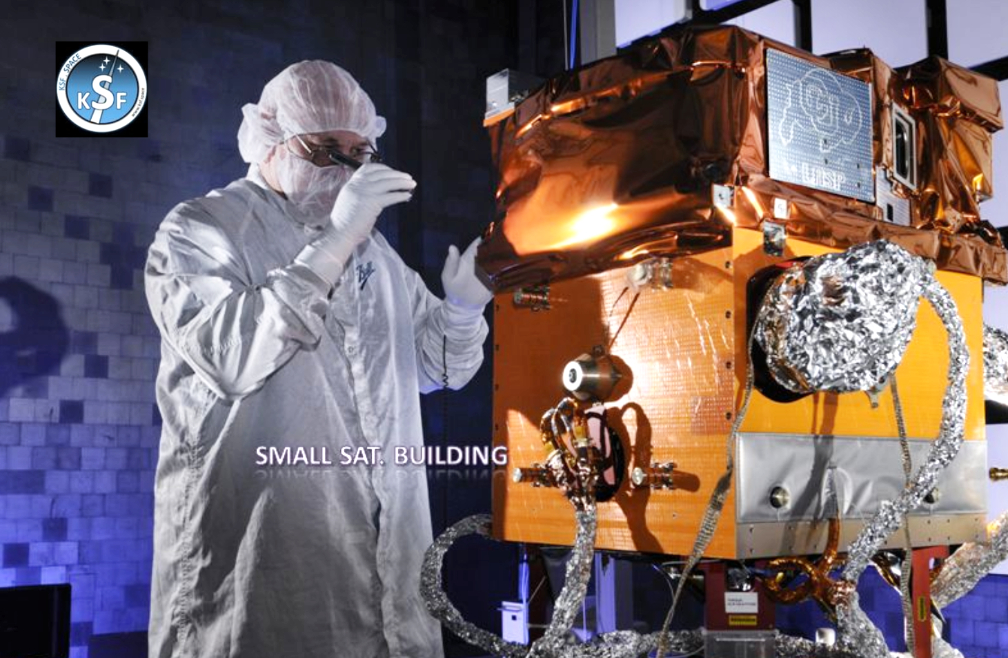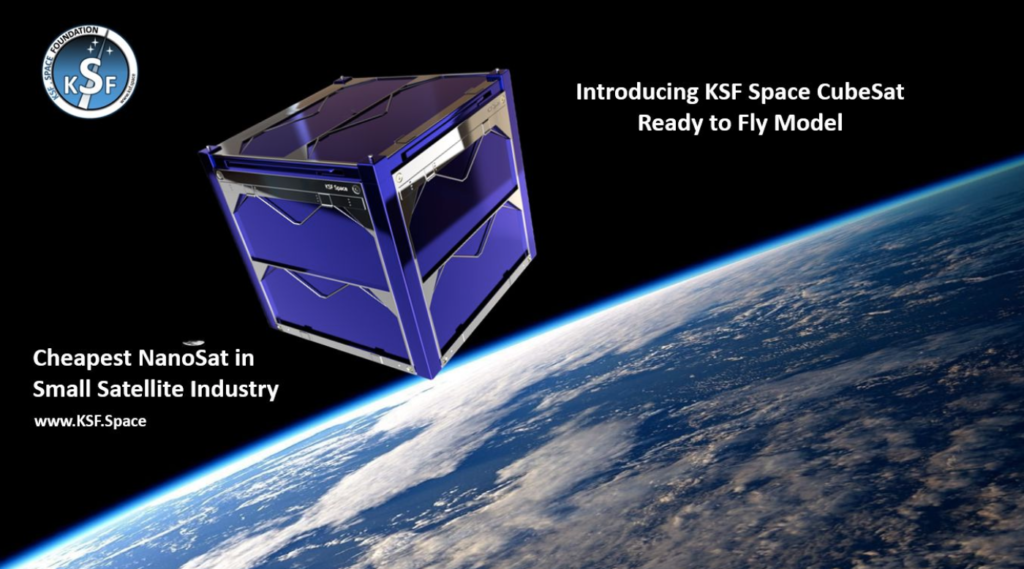
KSF Space Foundation has revealed what they describe as the world’s cheapest cubesat in the history of smallsat industry — this cubesat model is designed to facilitate the creation of low-cost, cubesat-class smallsats.

Reducing the cost of spacecraft development in this form factor allows spacecraft development efforts to be funded from teaching funds, instead of requiring faculty to seek research funds to conduct this activity. Using teaching funds (instead of research funds) facilitates greater student leadership and involvement, as it reduces the risk of mission failure to the responsible faculty member. Additionally, as teaching funds are generally recurring, this approach facilitates incorporation of the smallsat program in curriculum on a year-upon-year basis.
The model is tested and ready to fly, easy to integrate and post integrate with any extra payload needed. The basic model comes with major cubesat instruments; however, KSF Space Foundation is offering other advanced models depending upon mission task and mission requests.
KSF Space Foundation was initially founded to enable cost-efficient access to LEO with zero-environmental impact flying solutions. The foundation offers access to near-space and LEO for research and scientific experiments in many fields, as Earth or Space Observation, biological testing, satellite positioning detection, Earth magnetic field measurement, radio transmit, atmosphere science and technology experiments.
Dr. Kayyali, Chairman of KSF Space Foundation, said, “This model will allow universities and schools with a small budget to develop their space project easily, there is no need to secure funding.”
